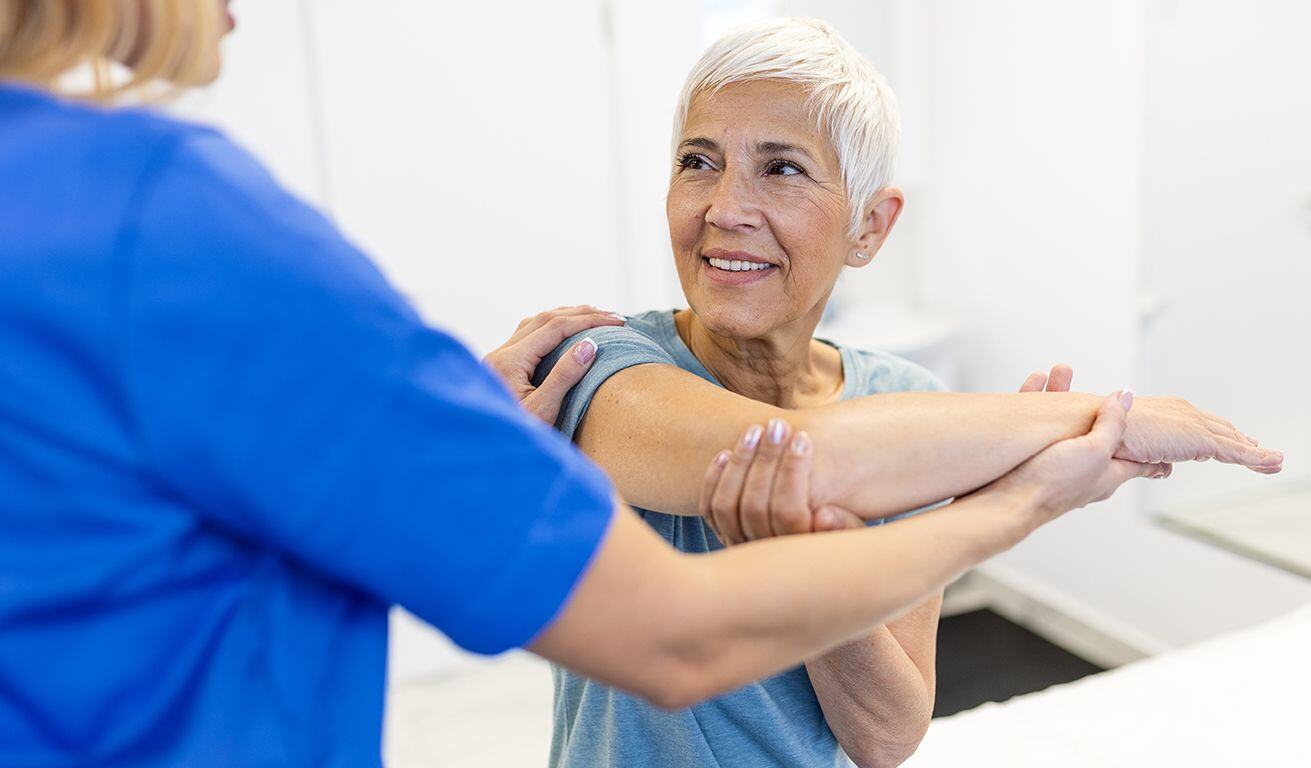
Posture Matters: Practical Tips for Better Movement and Well-being
By Belinda Prince, Physiotherapist, BJC Health
Posture—it’s something we rarely think about until we start feeling stiff, sore, or sluggish. Whether you’re working at a desk, lounging on the couch, or standing in line for a coffee, how you hold yourself impacts everything from joint health to breathing. The good news? Small, practical adjustments can make a real difference.
What is Posture, and Why Does It Matter?
Posture is simply the way you position your body, whether sitting, standing, or moving. While there’s no such thing as “perfect” posture, better alignment reduces strain on your muscles and joints. Over time, poor posture can lead to:
✅ Fatigue in certain muscles
✅ Increased joint stress
✅ Reduced function of postural muscles
The average Australian spends 7 to 10 hours a day sitting—more than ever before. While a sedentary lifestyle has its challenges, being aware of your posture is a simple yet powerful step towards better health.

Beyond Muscles: Posture and Your Whole Body
Good posture doesn’t just support your spine; it influences breathing and digestion too. Try this: slouch your shoulders and take a deep breath. Now sit upright and breathe again. Notice the difference? Proper posture allows your lungs to expand fully, helping with energy levels. It also reduces pressure on your digestive system, supporting better gut function.
Common Postural Patterns & What They Mean
Our bodies naturally compensate to keep our eyes on the horizon, but over time, certain habits can cause discomfort. Here are a few common postural issues:
🦴 Forward Head Posture – Head juts forward, increasing neck strain.
🦴 Rounded Upper Back (Kyphosis) – Can lead to tension in the shoulders and spine.
🦴 Excessive Lower Back Arch (Lordosis) – Often linked to prolonged standing or weak core muscles.
🦴 Sway Back – Pelvis shifts forward, affecting overall balance and stability.
While these aren’t necessarily "bad" postures, spending too much time in any one position can lead to discomfort.

Simple Strategies for Better Posture
🔹 Move more – Our bodies aren’t designed to stay still. Regularly shift positions, stand up, or stretch throughout the day.
🔹 Vary your stance – If standing for long periods (e.g., cooking), alternate foot positions using a step or small shift in weight.
🔹 Be mindful when walking – Pay attention to stride length and balance to ease strain on joints.
🔹 Incorporate small, frequent movements – No need for structured workouts—small adjustments throughout the day add up!
Final Thoughts
Posture isn’t about holding a rigid "perfect" position—it’s about keeping your body moving in ways that feel good for you. The best posture is the next posture—so mix it up, keep moving, and listen to your body.
 If you’re keen to dive deeper into how posture and movement influence pain, check out our recent lecture on BJC Connect, where we explored these topics in more detail. Let’s keep the conversation going—your future self will thank you!
If you’re keen to dive deeper into how posture and movement influence pain, check out our recent lecture on BJC Connect, where we explored these topics in more detail. Let’s keep the conversation going—your future self will thank you!


